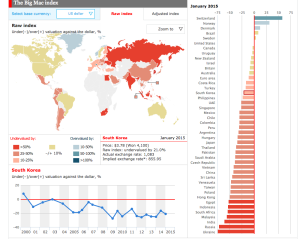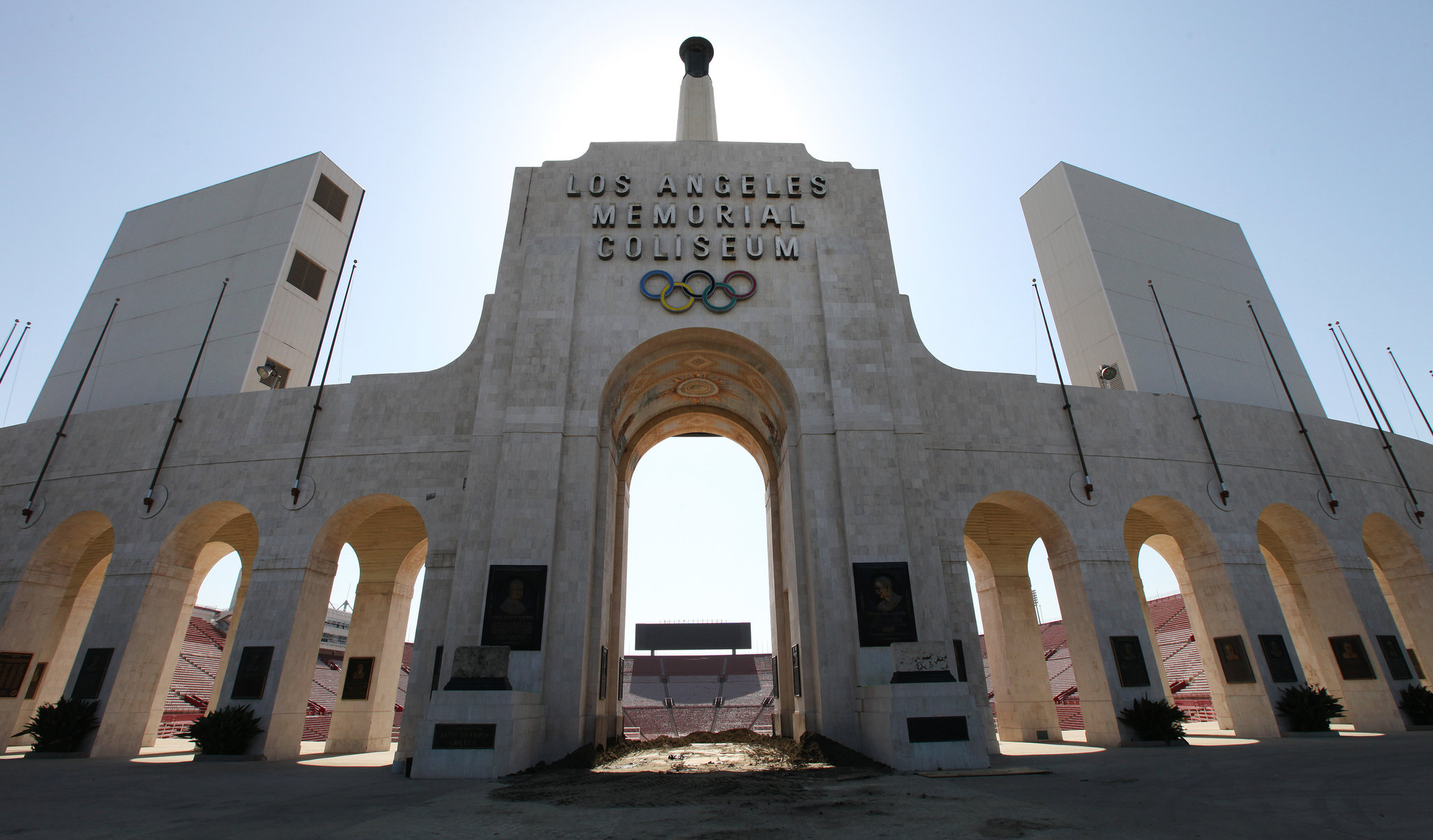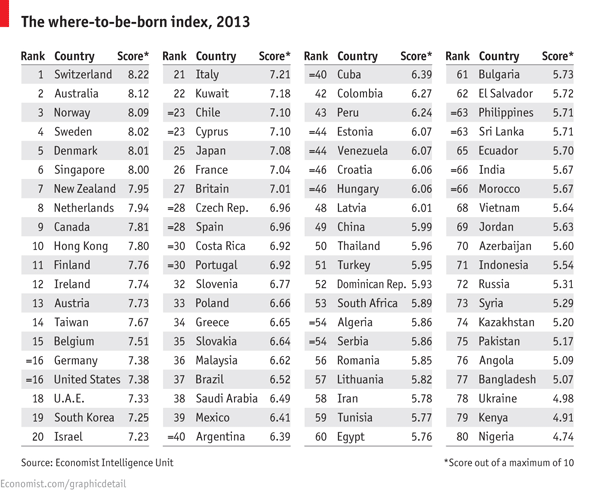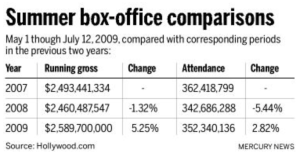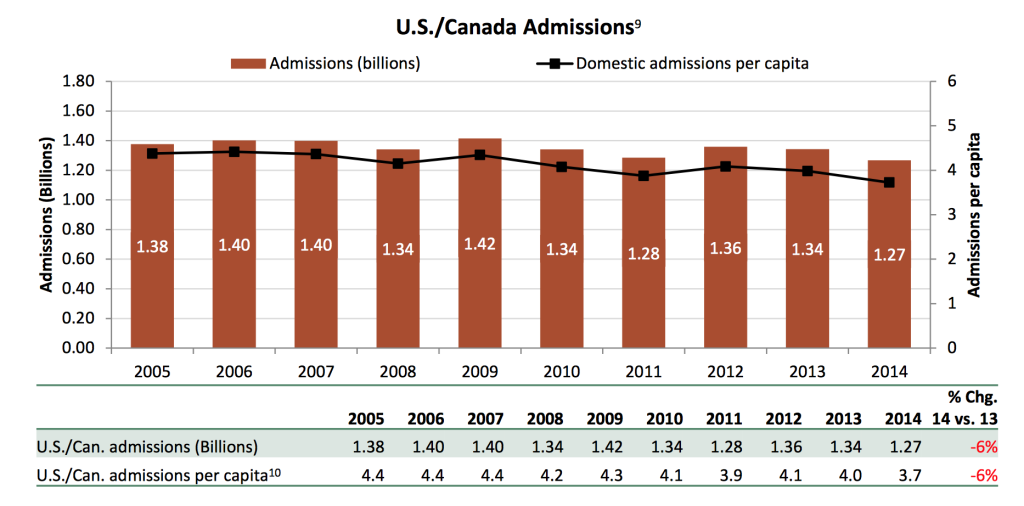In the mid-to-late 2000’s, a number of college students might have lamented graduating into the worst economy since the Great Depression.
Not Brenton Sullivan and Kai Sato—they launched a business in the face of a crashing financial market in 2008.
The 2007 USC graduates’ concept for what would become FieldLevel had been named “Best Business Plan” by the Marshall School of Business’s Lloyd Greif Center for Entrepreneurial Studies, and the pair had even received an offer of $1 million for an 80 percent stake in the company but we unmoved. Instead, they took the more difficult path, opting to bootstrap through the early part of their existence.
Numerous sleepless nights and pivots later, FieldLevel was accepted into the Los Angeles Dodgers’ Sports and Entertainment Accelerator—a distinction that came with $20,000 in funding—last month.
Sullivan and Sato maintained a cash flow positive business well ahead of being accepted into the accelerator. While cash flow positive and profitable are two very different distinctions, and the company still has a ton of work to do, the fact that FieldLevel has taken off in the face of a horrific economy is impressive.
Both entrepreneurs attribute their success against the adverse economy not only to their passion and flexible business model, but also to the generosity of friends and family, who provided them the initial funding that enabled them to avoid the typical path of venture capital (and reject the early offer to cede 80 percent of the control in their business).
Sullivan and Sato have always been leery of traveling down the VC path and seemed almost thankful that it’s nowhere near as established in this half of the state as it is up north in Silicon Valley. The tech industry, as a whole, has numerous stories of VC’s either making small investments as a means of basically stealing entrepreneurs’ ideas and putting them out as their own or as a takeover (the initial overture FieldLevel received).
Perhaps what makes this story most interesting, though, is the fact that at no point were economics a driver for this business. Ultimately, the business needs to transition from cash flow positive to profitable, but the duo is in no real hurry to make that happen.
To these two former high school athletes who were largely invisible to recruiters, it’s more important to get it right.
“Finding the right fit is the key,” Sullivan said. “I was probably a guy who should have been at a DIII school somewhere, but they had no way to find me. I would have had to go to them.”
FieldLevel is a free service that aims to bridge this disconnect, enabling coaches at all levels to have the same access to prospective players.
One major differentiator, though, is that college coaches would be connected to high school and travel team coaches—not to the players themselves. This (theoretically) shields college coaches from being spammed.
The other? It’s free.
“This is where the economy, I believe, worked in our favor,” Sullivan said. “Recruiting services are outrageously expensive and, generally, get minimal returns. College coaches we talked to hated them.”
The combination of frugality, recruiting service fatigue and use of prep coaches as a buffer enabled FieldLevel to amass the largest network of coaches in the industry quickly. But instead of rushing to “monetize” or “maximize valuation” like venture-backed Silicon Valley companies, Sullivan and Sato are looking to continue refining their business—a process aided by the Dodgers Accelerator.
“Developing this business has been an evolutionary process, and we’ve had a number of pivots along the way,” Sato said. “We needed a partner that understood that, which is why we chose to do the Dodgers Accelerator. We didn’t need the funding, but the collocation space with other entrepreneurs and the corresponding added brainpower are invaluable.”
The heavy focus on product and willingness to proceed in the face of a negative economy have been key to FieldLevel’s growth, but that doesn’t mean the entrepreneurial team behind the company hasn’t paid any attention.
“We grew our business in the face of an economic downturn, and sure our [friends, family and business model] made it possible, but there was also a lot of chatter on Capitol Hill about helping small business as the economy was at its worst point,” Sato said. “But even as we hired, we never saw any of it.”
True to startup culture, though, they refuse to spend any brainpower on it.
“It sucks, but we’re too busy building our business to worry about it,” Sato said. “We’re not taking the company public or anything like that, but we firmly believe that the best is yet to come for us.”
The economy and a couple high-profile flops have made the IPO market essentially stagnant over the last few years, but hopefully his optimism is not in vain. While he company will still face the dilemma of how to monetize a network of users, it can look to the successes (and failures) of predecessors like Facebook and Twitter (albeit on a much smaller and more targeted scale).
The economy might not have factored heavily into its growth to this point, but now that FieldLevel has taken on capital and is looking at adjacent business opportunities, it is unlikely that the company can continue to ignore it.


